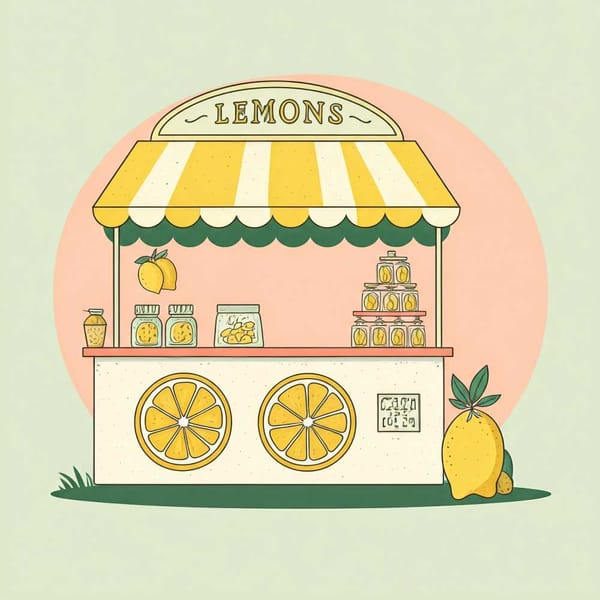Is browning or blackface offensive in Latin America? Yes, but there are a few exceptions
The discussion on Blackface and browning has again emerged with the recent wave of criticism for the publication on social networks of old photos of the Canadian Prime Minister.

The discussion on Blackface and browning has again emerged with the recent wave of criticism for the publication on social networks of old photos of Canadian Prime Minister Justin Trudeau with his face painted dark at a party. "Blackface and browning are extremely offensive to Latino and Afro-Latino communities," said activist Stephanie Murillo Centeno, president of the Afro-Panamanian Youth Network, about the custom of some whites painting their skin black or brown to look like an Afro-Arab or Latino person.
"But instead of asking ourselves if it bothers us to have a person paint their face black, the question is what need is there to disguise themselves as someone from another ethnicity or culture," said Murillo, who produced the "Afrolatinos" which was awarded the best historical-cultural report in the most recent edition of the Emmy International Awards. The communicator explained that it is not a question of wearing costumes of a different culture to ours but the respect and motivations to do so.
That's why she flatly rejects those who paint their faces black or put stuffed breasts and buttocks to emulate black people just to go to a party for fun. "I think that attitude not only perpetuates the stereotype but also the violence and racism towards this group of people who have been historically discriminated against.
The return of an old problem
The discussion on Blackface and browning has again emerged with the recent wave of criticism for the publication on social networks of old photos of Canadian Prime Minister Justin Trudeau with his face painted dark at a party. Opponents accuse him of being a racist for disguising himself as Aladdin or painting himself at least three times between 1990 and 2001.
The politician has apologized by saying that at the time he did not understand the offensive nature of his actions but that now he understands that it was and regrets it. The negative representations of Afro-descendant communities in the United States began in the mid-19th century when minstrels and buffoons painted their faces black with cork ash to look black.
The performances, which were designed to amuse white audiences, were painful and demeaning to African Americans because they reinforced the notion of white superiority. The Smithsonian's National Museum of African American History and Culture indicated that by distorting the traits and culture of African Americans, including their appearance, language, dance, behavior, and personality, white Americans created geopolitical and class divisions between whites and blacks.
Discrimination in Latin America
Black communities have also been and continue to be discriminated against in Latin America, despite their enormous presence and the mestizaje existing in the population.
Historian Henry Louis Gates Jr. wrote in his book "Black in Latin America" that between 1502 and 1866, some 11.2 million Africans landed on slave ships sent to the so-called New World. Of these, only 450,000 arrived in the United States. The rest were sold to plantations in the Caribbean colonies and what is now known as Latin America.
But that demographic, ethnic, and cultural contribution has been made invisible.
"The communities of African descent have a presence in the American continent of more than 400 years, we are the ones who raised the continent to the point of blood and death, and even so they live in precarious conditions, depriving them of dignified jobs, education, health, water," said Murillo.
One of the most popular costumes of the Venezuelan carnivals of the 1960s was to dress in " negrita". The girls put a black sock on their faces or painted their faces to hide their identity and asked the boys: "Don't you know who I am? Those who remember dressing up as "negrita" say, like Trudeau, that they never thought that the use of the costume had a racist message and they claim to have done it just for fun.




